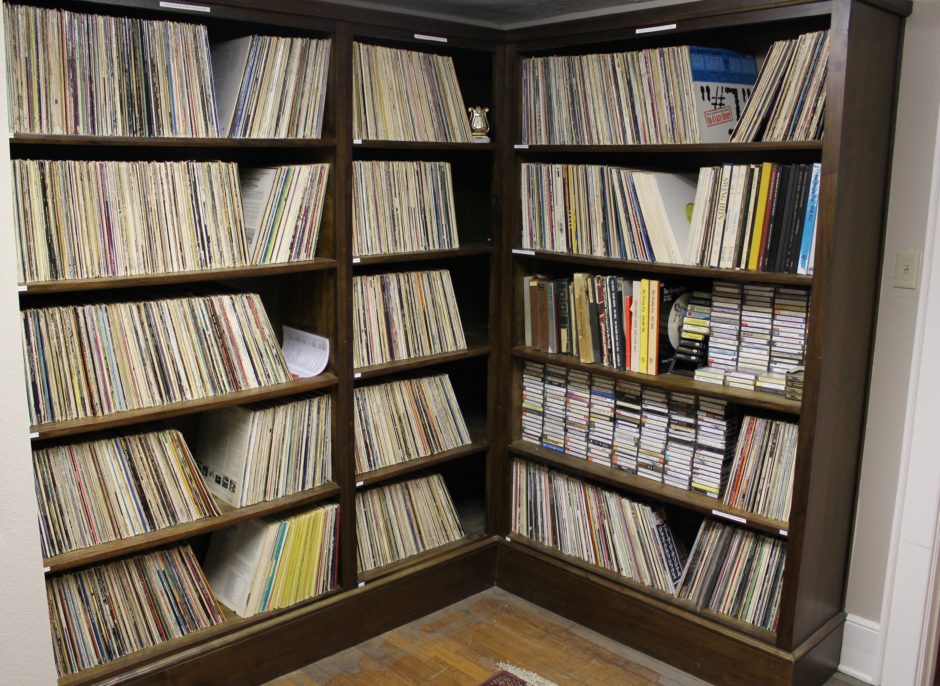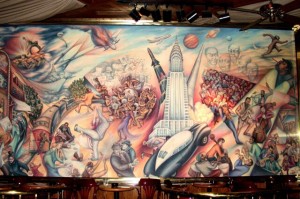http://youtu.be/NOu1wwAaGqY
This was my aha moment–the moment I knew Wynton Marsalis was a musical genius walking among us. This piece was written by Niccolo Paganini for violin and transcribed for trumpet. Wynton recorded this in 1987 with the Eastman Wind Ensemble, and I first bought the record, then the cd years later.
Rafael Mendez and Sergei Nakariakov have recorded the same piece, and I have heard their version, too. They can be found on YouTube. They double tongue the whole thing, while Wynton slurs everything.
The piece is impossible to play for normal humans. First, you have to play four and a half minutes straight, which can potentially damage the lip. I have heard that Wynton has had two lip surgeries, and this piece would be why. The lip is a muscle, and cutting off blood flow that long to a muscle can cause damage. Imagine the hours of practice runs before the recording!
Next problem for normal humans— you have to learn to circular breath because there is no place for a rest to get air. It gives you one more thing to think about other than the notes that are flying by. Keeping the pitch right is also compromised when circular breathing.
The last problem may be the hardest. You have to have intense concentration for four and a half minutes. What kind of mind does it take to do that? Genius level, in my book.
So, that briefly describes the problems for a classically trained trumpet player to over come in order to play this piece. I’m thinking it could take years to master, and quite a few recording sessions to get it just right.
That’s where my theory that maybe it is possible for a great classical player to play this piece falls apart when I listen to this recording. Wynton is one of the great jazz masters, and has spent the majority of his life listening to and playing jazz compositions. To record this, he took a few months off from his jazz schedule, worked this up, recorded it live, and went back into jazz clubs. Rafael and Sergei never spent little, if any, time listening to, or playing jazz. If they did, it wasn’t at a high level. Wynton lived in both worlds!
Here’s what I came up with on Wynton. There aren’t enough hours in a day to learn both styles of music. As a jazz player, he would have had to practice twice as much as everyone else to do both, and the physical requirements to do that are impossible. Most jazz and classical musicians spend all day doing just one style. His lip would have been shot all the time to that much practice. Even if he could do it, there’s no guarantee he could mentally play this piece.
He is a musical genius. There’s no other explanation as to how he worked this piece up so fast while working as a full time jazz musician. Then, to play it so well is another miracle. One small mistake and you have to go back to the beginning of this piece. There is no place to edit.
There is no other jazz player who ever lived who could have done this as well. Maybe Harry James, but we’ll never know. He never took the time to try like Wynton did. The first time I ever met Wynton, I thanked him for doing this album. Not because it was a great album, but for what it did for jazz. Jazz musicians could no longer be looked down upon by classical musicians. Not until a great classical trumpet player comes out with a great jazz album. It hasn’t happened, yet, and I doubt it ever will.

